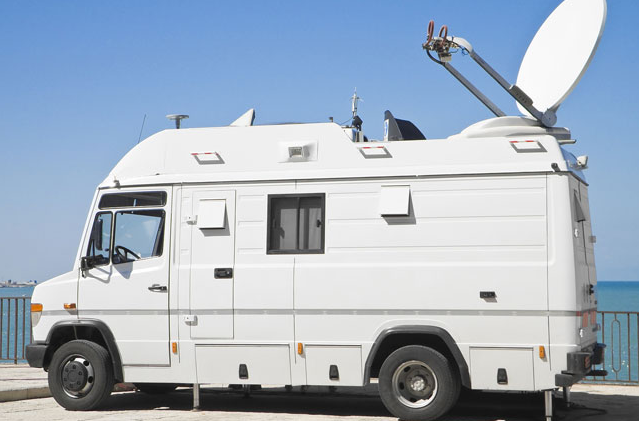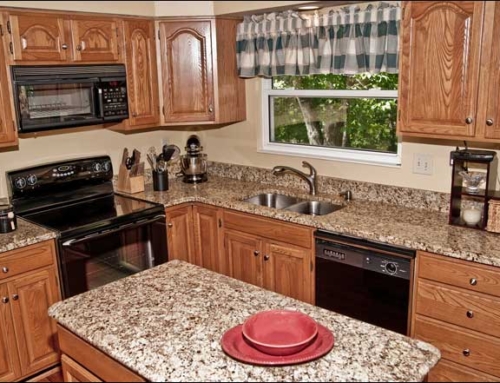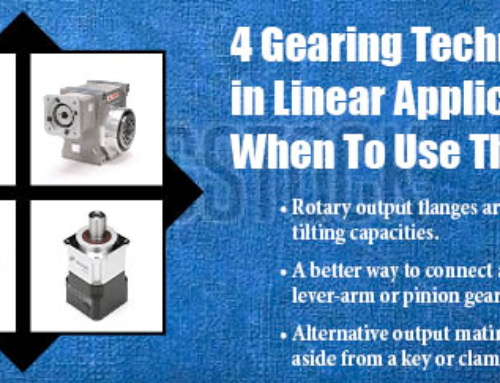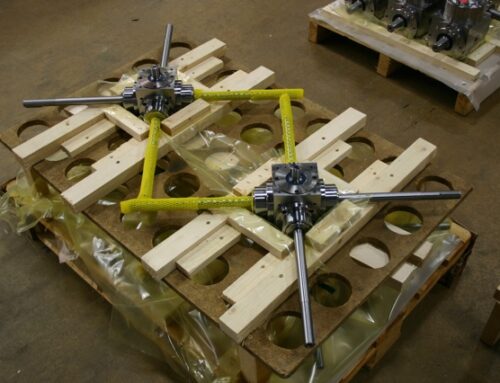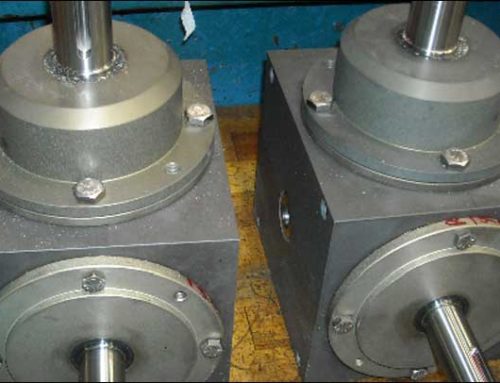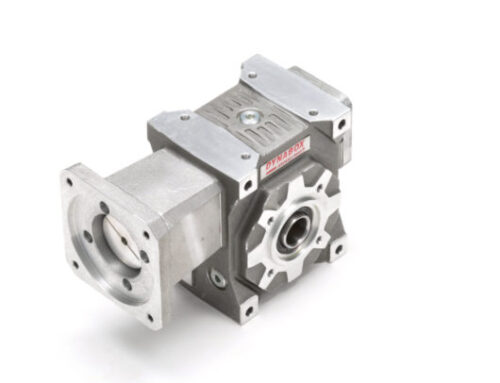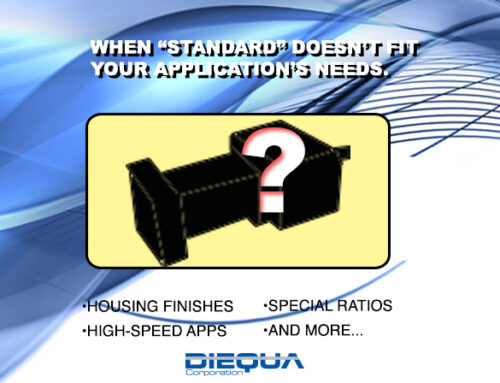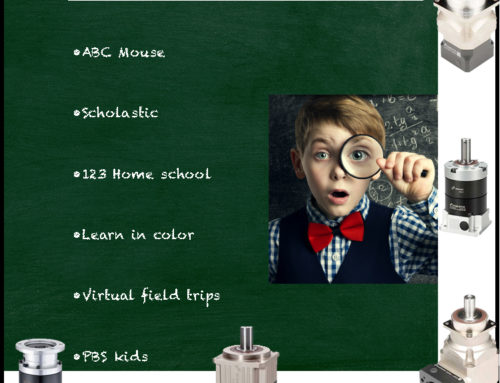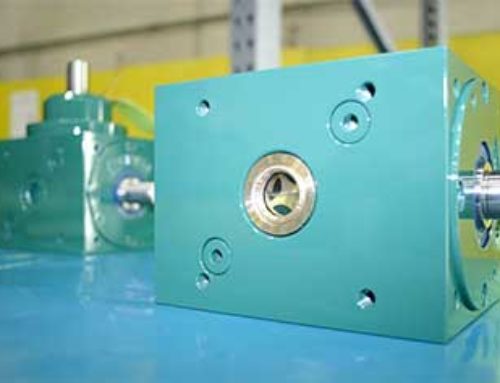Worm gear speed reducers are used in a variety of applications because of the many advantages they offer. These include a compact design, with high ratios possible in a single stage, a right angle configuration that allows for shaft mounting and tucking the motor up next to the machine frame, and a relatively low cost compared to other gear technologies.
They do have certain disadvantages, however, as they are relatively inefficient, and even more so when run slowly or started and stopped frequently. It’s the give and take of these characteristics that determine if a worm gear reducer is appropriate. With adding extra motor power a cheap option, the lower cost factor of worm gearboxes over other gear technologies often wins out.
We had a prospect approach us recently for a possible replacement of a customized worm reducer they were using in a rotary positioning device. They had been having trouble with their present source of supply and were interested in improving performance.
Theirs was a case of a design compromise. They had extreme space limitations, so getting a high ratio in a single stage was of great benefit. But with only incremental movements, efficiency was an issue. They were finding, in some of their installations, that the existing motor would struggle to make the required movements. Unfortunately, they didn’t really have room for a larger motor to assure they always had enough torque.
Part of the problem was they had a special motor with a non-standard motor mount that made it difficult to accurately pilot to a gearbox. They fabricated their own adapter plate to provide an interface between the motor and the existing gearbox, but without an accurate pilot, the concentricity of the motor shaft to the gearbox input quill was difficult to maintain.
Virtually every industrial worm box integrated with a motor uses a hollow input with a keyway in which the motor shaft is inserted. Standard NEMA or IEC motor adapters are typically supplied which allow for acceptable motor alignment. But, even in these designs, a hard mount is susceptible to misalignment, which can affect performance.
One of the main concerns is shaft deflection. If there is any parallel of angular pilot error due to adapter plate tolerance issues then additional side forces will be applied to either the motor or gearbox bearings. These additional forces will create additional drag, reducing efficiency and requiring more motor torque to overcome the added bearing load.
What caught our prospect’s attention during their research into alternatives was the unique motor interface we offer in our speed reducers. That and our capabilities for customized solutions that would be a part of their requirements.
The unique aspect of this speed reducer is that it incorporates an integral flexible coupling element to compensate for any motor pilot misalignment. This greatly diminishes the possibility of any bearing side loads and the extra torque needed to overcome them.
There are many other advantages to this input coupling feature, perhaps the next most important being the elimination of fretting corrosion. As two materials work against each other, such as in motor and gearbox shafts, fretting can occur which may actually “weld” the shafts together, making it impossible to separate them. This may also happen when moisture is present and where real corrosion can have the same result, which was a possible situation for this customer. From a service standpoint, this is clearly a problem.
Yet another advantage to this design is it eliminates key wear typical in reversing applications. With the coupling hub attached to the motor shaft via a compression fit, a zero backlash connection is created which shares the driving torque over the entire motor shaft. This was of interest as positioning movements would be in both directions.
Because this was to be a customized design, with some housing modifications, we suggested that the prospect do some testing of standard product before any custom production was considered to determine if the expected performance benefits would actually be realized.
Several units were supplied and it became almost immediately obvious that the coupling feature had a significant effect. Almost across the board amp draw decreased substantially, with the smoothness of incremental movements also improving.
While the efficiency of the gearbox itself was likely only marginally better than their existing product, the motor interface and resulting reduction in bearing drag made a positive difference in the motor torque required. They were thrilled as it solved a major issue. Further testing was quickly approved to determine the long term viability of a wholesale changeover.
Along with standard designs, DieQua offers a wide range of gearbox styles and configurations with unique features and benefits not available from most other sources. When combined with our consultative approach and years of experience recommending gearboxes for demanding applications, our customers enjoy a level of service and results not easily duplicated elsewhere.
Contact DieQua with your next mechanical drive challenge. You may find we suggest something you hadn’t considered.

